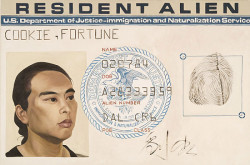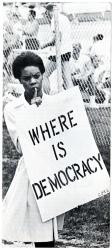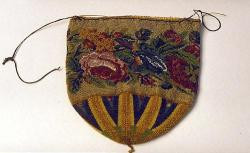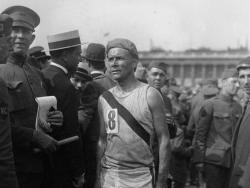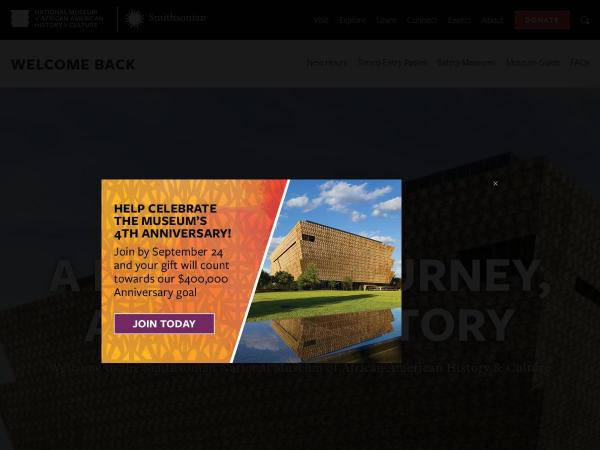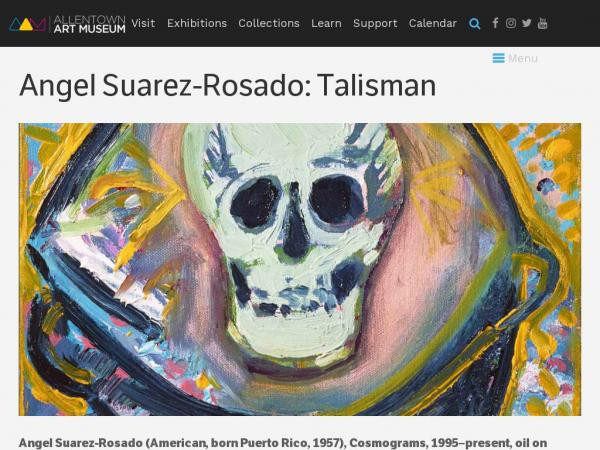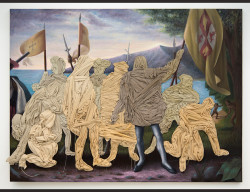Philippa Rappoport
I work in education and engagement, teacher professional development, and outreach at the Smithsonian Office of Educational Technology (OET), and have a particular interest in developing and producing trainings, programs, teaching techniques, and platforms that foster deep learning and contribute knowledge to improve practices in museum and preK-16 education and engagement. At OET over the last decade+, I created digital assets for schools, families, and new immigrant English Language learners to complement teacher professional development and pan-Smithsonian programming, including Learning Lab teaching collections, YouTube videos with tradition bearers, a handmade family stories book-making website, and online heritage tours.
Philippa Rappoport's collections
We the People: Smithsonian-Montgomery College Faculty Fellowship 2018 Opening Panel Resources
 Philippa Rappoport
Philippa Rappoport
Hung Liu: Portraits of Promised Lands
 Philippa Rappoport
Philippa Rappoport
Joseph Stella in the Smithsonian collections
 Philippa Rappoport
Philippa Rappoport
Eye to I: Self-Portraiture as an Exploration of Identity
 Philippa Rappoport
Philippa Rappoport
"American Democracy: The Great Leap of Faith"
 Philippa Rappoport
Philippa Rappoport
Capturing Visitor Voices in Teen-Made videos
 Philippa Rappoport
Philippa Rappoport
Metadata and Tagging Activity
 Philippa Rappoport
Philippa Rappoport
The Search for an American Identity: Smithsonian-Montgomery College Faculty Fellowship 2019 Opening Panel Resources
 Philippa Rappoport
Philippa Rappoport
Origami Animals: Demonstration Videos and Background Information
 Philippa Rappoport
Philippa Rappoport
1619 Project: Support collection of resources from the National Museum of African American History and Culture
 Philippa Rappoport
Philippa Rappoport
Using Technology to Explore Our Nation’s Difficult Past
 Philippa Rappoport
Philippa Rappoport
Michael Cumming's "Haitian Mermaid #2"
 Philippa Rappoport
Philippa Rappoport

